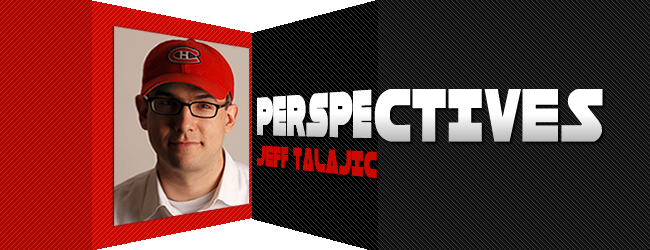Promotions
Marketer Breaks Down Major Ski Resorts’ Facebook Content Styles

BLANCHARD

(This will be another one of those “perspectives” posts, where someone that doesn’t directly work in the industry gives us a unique view on some part of ski resort marketing.)
Being the ultra-famous blogger that I am, tens of fans flock to me yearly, pleading for the opportunity to do a guest post. Normally, my elite status doesn’t warrant time for entertaining such frivolous requests, especially since few (if any) of them could replicate my intentionally imprecise grammar and logic. However, once in a while, someone breaks through the crowds and makes an offer I can’t refuse.
Stop laughing.
In reality, I do get an offer or two a month, but most are more worried about promoting themselves than providing valuable content. This was NOT the case with Jeffrey Talajic, an Internet Marketing Specialist for L’Oreal Canada. Raised on skis from the age of 5, Jeff became an instructor at age 16, helped during the startup phase of Hopper and helped launch the Tnooz website as a Project Manager.
Jeff offered to took at look at individual posts from larger resorts and look for trends and takeaways from the content that was shared. Here’s what he found:
—
Measuring the success of a Facebook page
Let 2012 be the year you optimize your social media output, and let the world’s top ski resorts show you the dos and don’ts. Find out what’s working, stop doing what’s not, and increase fan engagement.
I looked at the Facebook pages of the five biggest ski resorts in North America (Mammoth, Whistler Blackcomb, Heavenly, Vail, and Breckenridge) over the course of one week (January 23 to 29). Seven distinct content categories emerged, and here’s how they did:

(Feedback rate = (Likes + Comments + Shares)/(Total fans))
Interactive and photo posts lead the pack
Unsurprisingly, Interactive posts had the highest feedback rate. These are posts that solicit responses by asking fans to either like the post or leave a comment (here’s an example). Photo and Weather posts came in second and third and again, this isn’t too surprising. It’s tough not to hit “Like” when a resort brags about its fresh foot of sweet pow. And when there’s a photo of someone floating through the light and fluffy stuff we just have to leave a comment – a jealous comment, but a comment all the same. On the other end of the spectrum, promotional (pushing deals) and contest posts did the worst – the latter I suspect due to Facebook contest fatigue.
Category posting frequency snapshot
Now that we know what works and what doesn’t, let’s take a look at the category breakdown.

While Interactive posts elicit the most feedback, they make up just 5% of my sample. Are you making the same mistake? And across the pages I analyzed, Promotional posts had very low feedback. Are you overusing them? It’s time to ratchet that number down, eliminate Promotional posts altogether, or figure out how to optimize them.
Measure and benchmark yourself
On the other hand, a low feedback rate may actually be a good thing. If you post a video, contest or promotion and nobody is commenting, maybe this means that these people are too busy watching the video, entering the contest or clicking through to the promotion to bother. That’s why measuring Facebook feedback isn’t enough – you need to measure the other half of the equation (views, entries, traffic—and sales). Measure these numbers and benchmark yourself over time.
Experiment with different content, measure the results, and unlock the potential of your Facebook page
Is your Facebook page a sales funnel? It can be. Think of each part of the funnel as a consumer segment: dreamers at the top, researchers in the middle, and purchasers at the bottom. Does your page have content for each segment? The categories that get the highest engagement (interactive and photos) are the ones that address the biggest group: the dreamers. These dreamers aren’t going to pounce on your 2-for-1 promo just yet, but they might be enticed to start learning more about your resort with the right content. The social media marketer needs to give these dreamers something to fantasize about, and then provide them with the right tools to start researching and answering questions: how do I get there?, is there a shuttle?, how much are those slope side condos?. You might not be able to sell to a dreamer, but you can absolutely pitch to a researcher. They’re getting closer to booking that vacation and it’s your job to give them the right promotion to get them to come.
About Gregg & SlopeFillers
I've had more first-time visitors lately, so adding a quick "about" section. I started SlopeFillers in 2010
with the simple goal of sharing great resort marketing strategies. Today I run marketing for resort ecommerce and CRM provider
Inntopia,
my home mountain is the lovely Nordic Valley,
and my favorite marketing campaign remains the Ski Utah TV show that sold me on skiing as a kid in the 90s.
Get the weekly digest.
New stories, ideas, and jobs delivered to your inbox every Friday morning.
